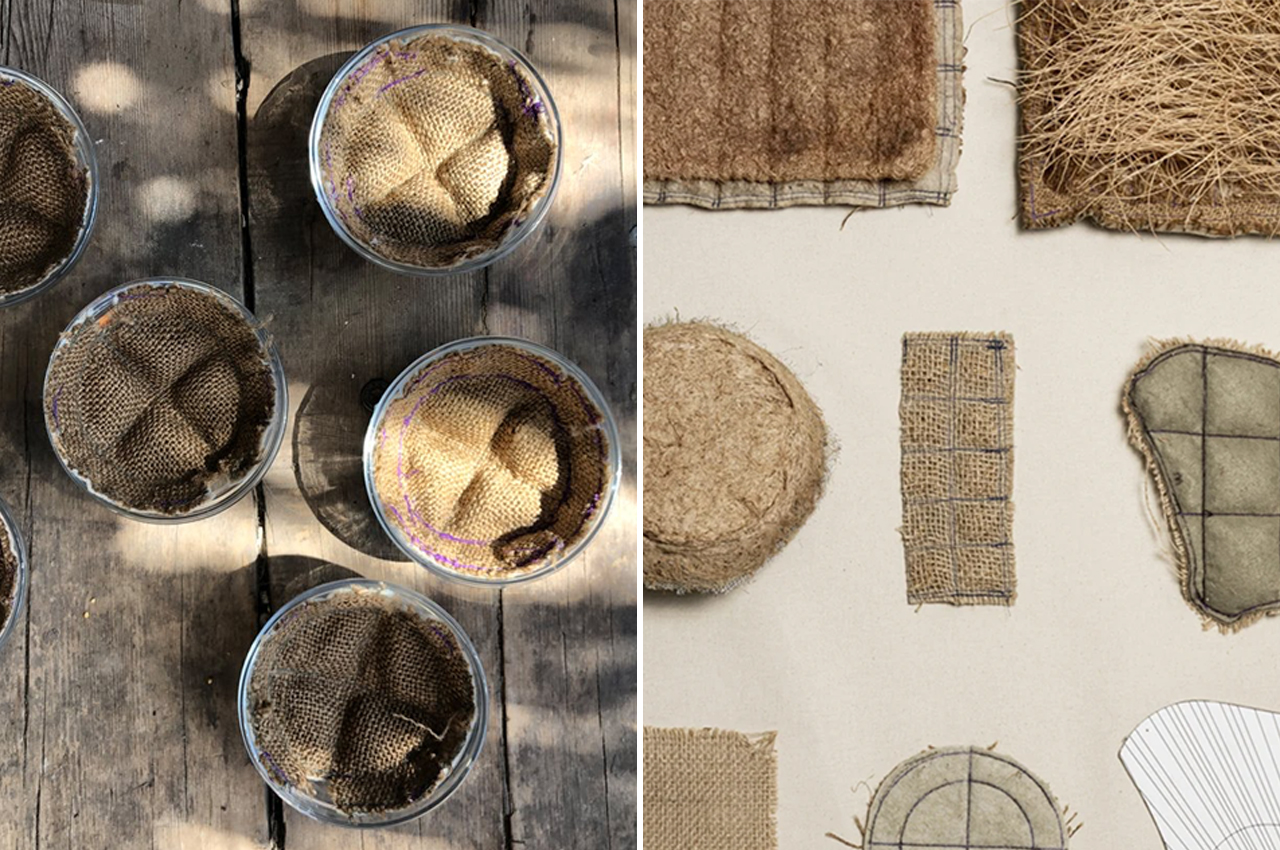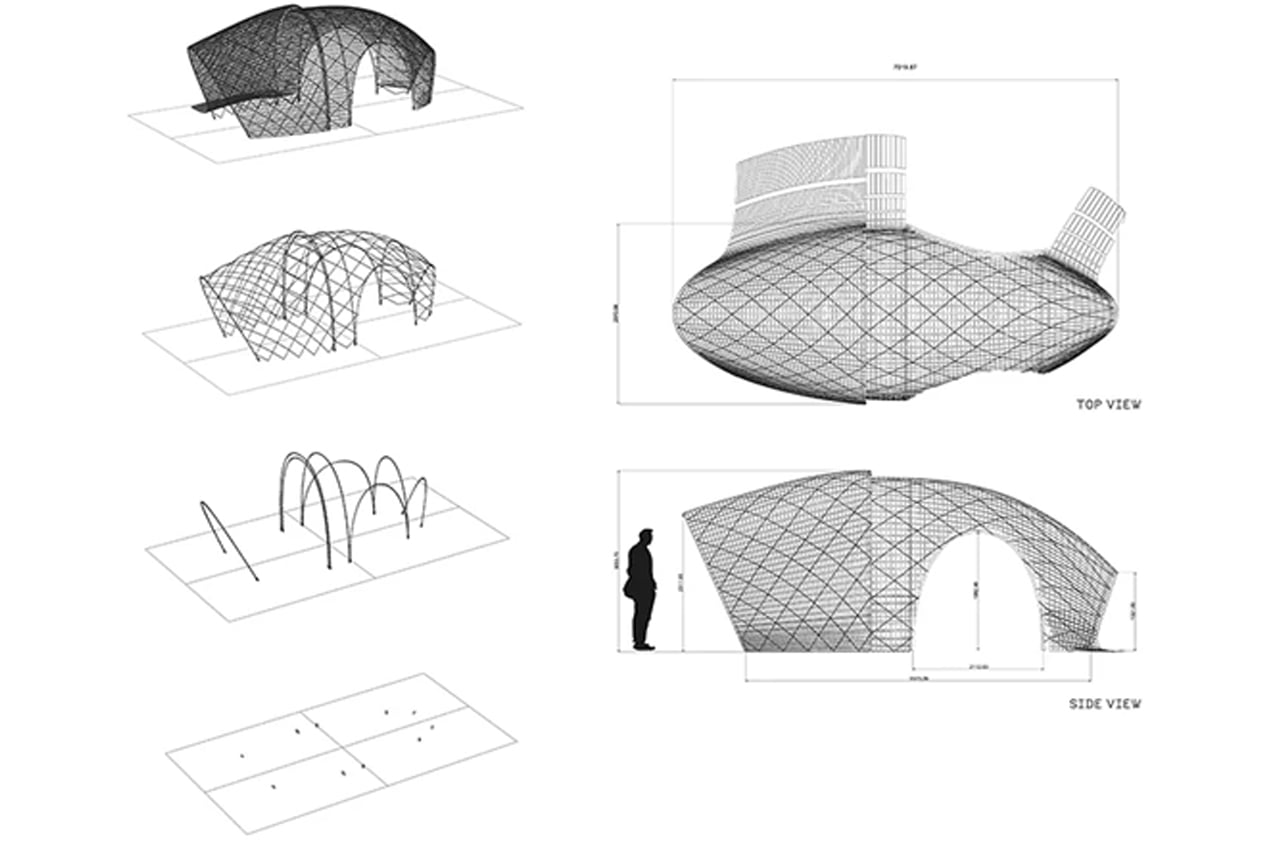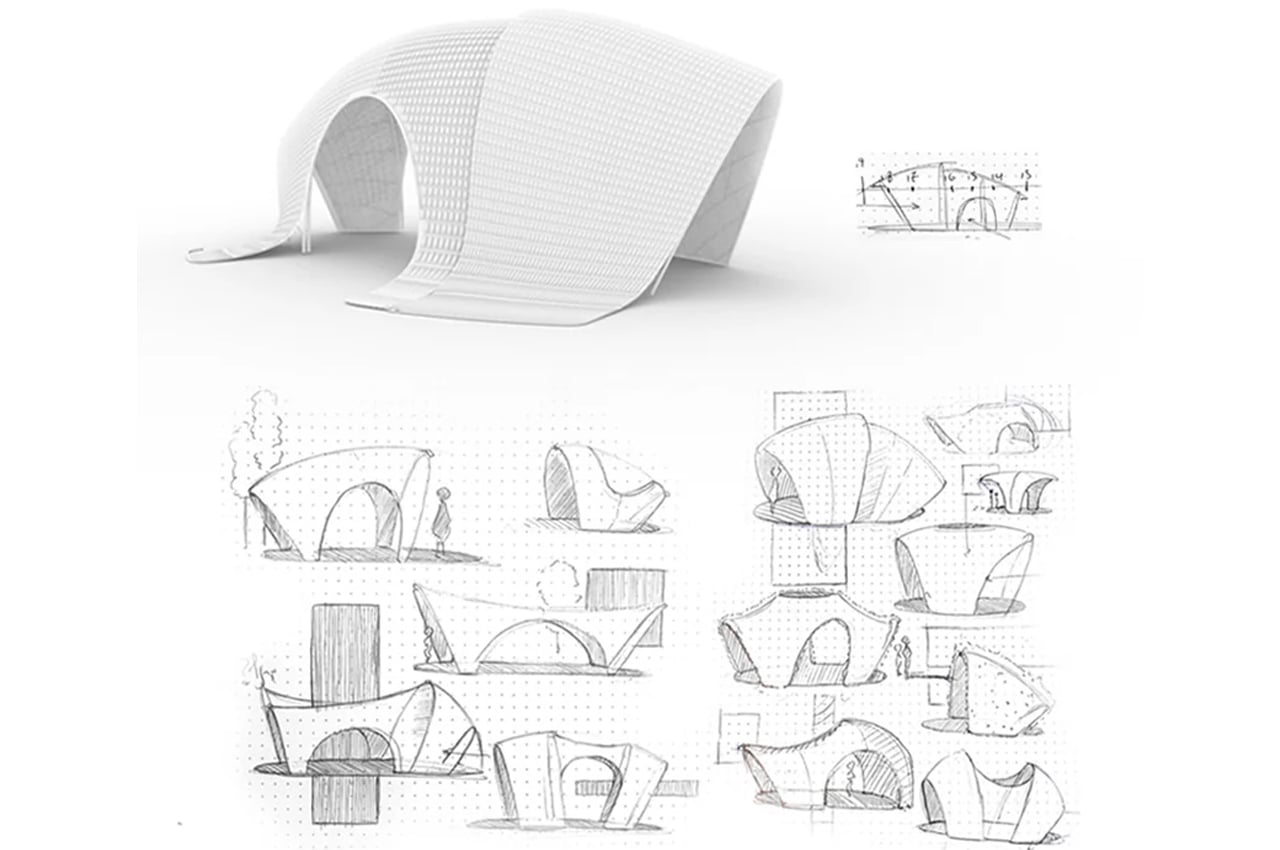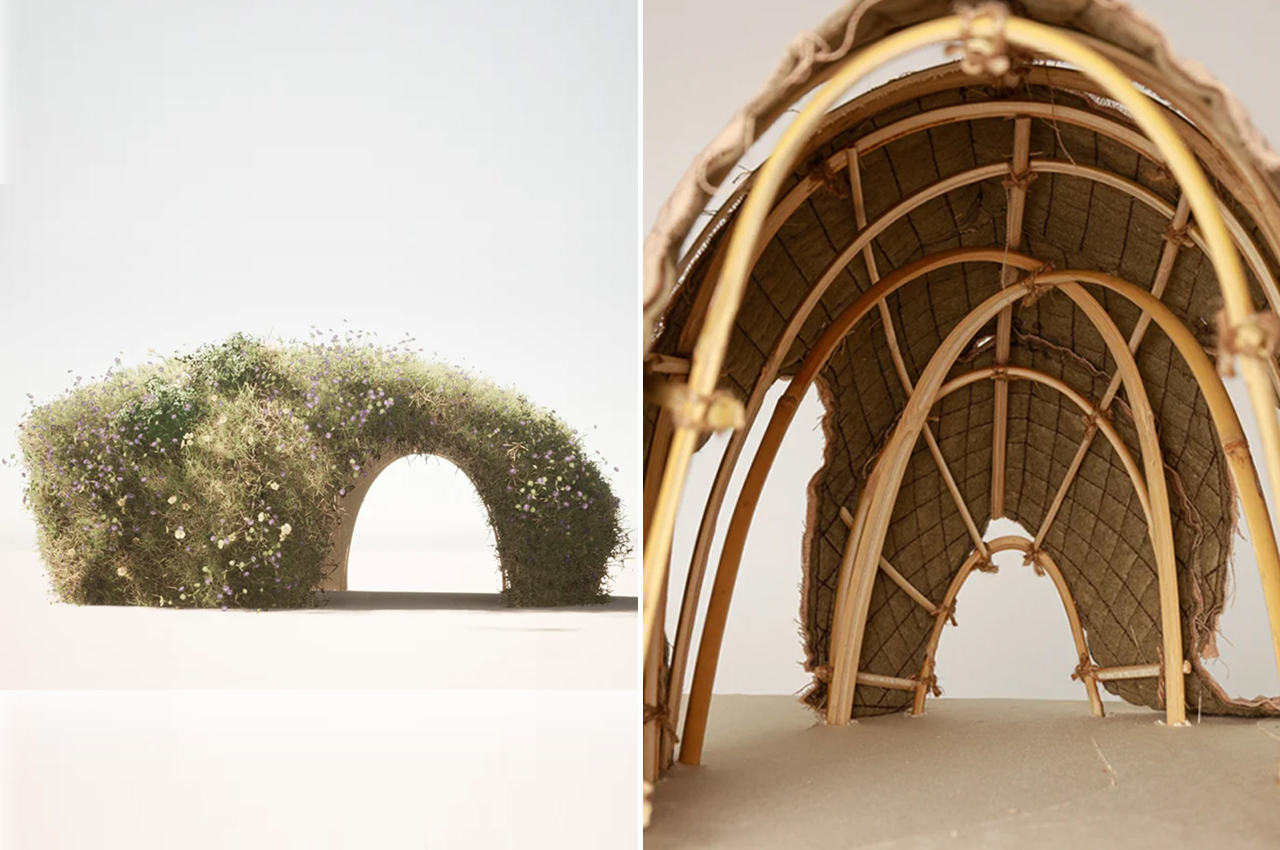
Getting close to nature through architecture comes in many forms. Some homes take to glass facades, dissolving the barrier between the outdoors and inside, then some homes feature blueprints that wrap around trees, incorporating their canopies and trunks into the lay of the house. Omri Cohen, a student designer at Bezalel Academy of Arts and Design in Jerusalem, has a different idea. Cohen developed the Living Shell, an architectural shell built by growing jute, felt, and wheatgrass into a form of a textile that’s laid over a bamboo frame.
Turning to textile technology, Living Shell was born from Cohen’s quest to evolve layers of wheatgrass root systems into elastic, textile materials. Settling on the shell’s curvilinear structural shape, the wheatgrass textile wraps over its bamboo frame, forming layers of insulation and shade while it continues to grow. Cohen found durability in the inexpensive building material he developed from jute, felt, and wheatgrass. Layering the different roots together in a pattern that allows room for sustained growth periods, the textile’s thickness and durability increase over time as the roots continue to interlace and grow. While he has yet to build a life-size Living Shell, Cohen crafted 1:10 models to demonstrate the feasibility of introducing the Living Shell into rural and urban environments alike. Connecting the structure to an irrigation system, the textile overwrap would most likely receive nourishment from a programmed watering method.
While Living Shell functions like a house, it would more likely offer natural refuge hubs for small animals to gather nesting materials from and inhabit. Additionally, Cohen developed Living Shell so that urban dwellers and rural farmers have the opportunity to watch nature in action, for all of its natural growth, regenerative, and decay processes.
Designer: Omri Cohen
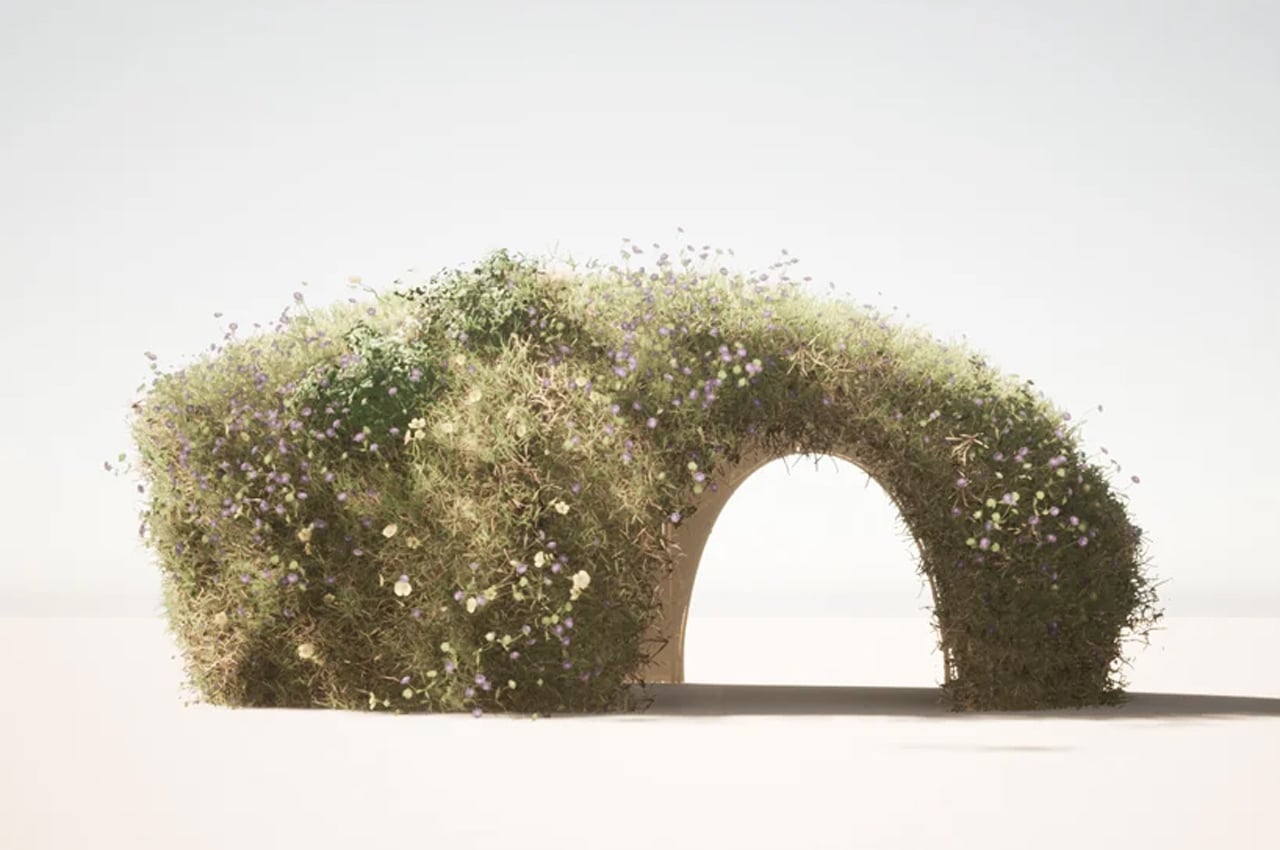
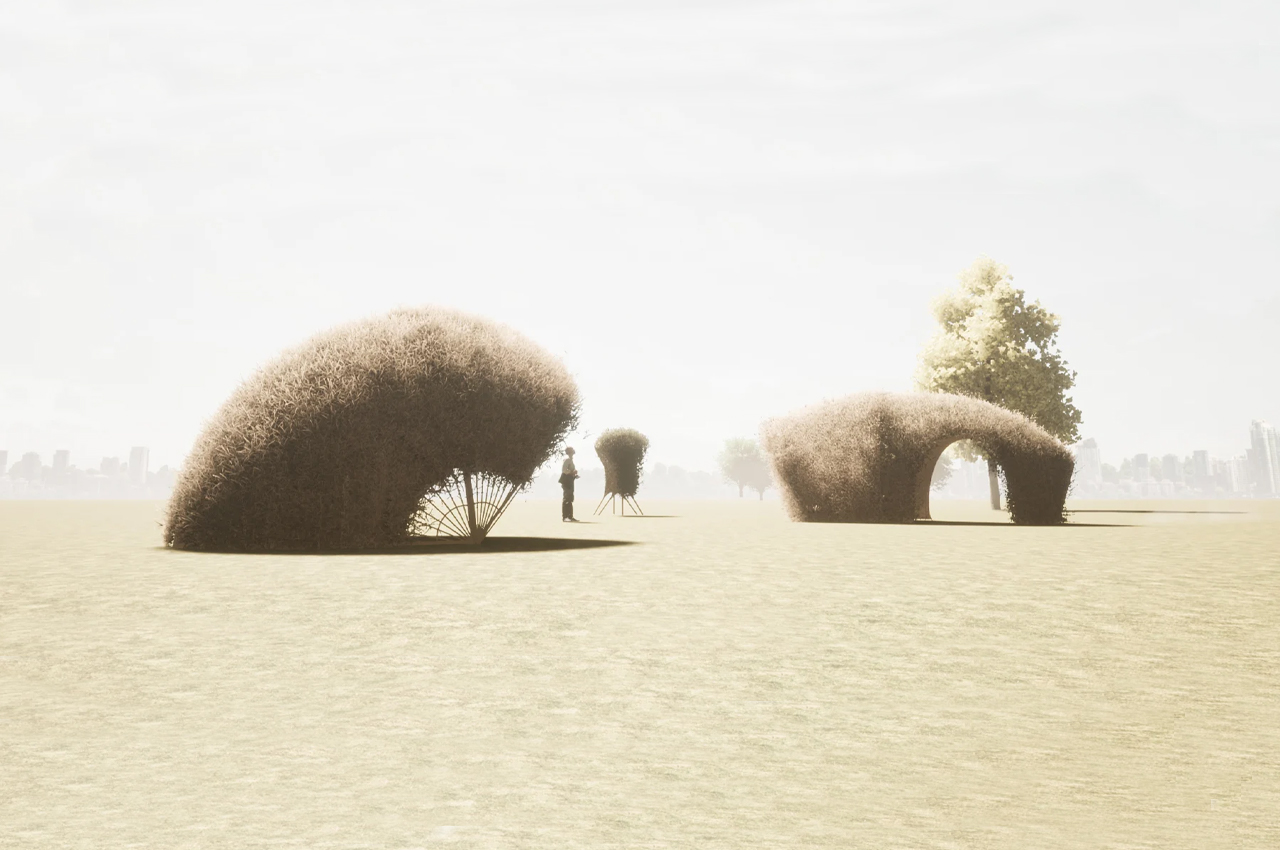
Layered around a bamboo frame, Cohen’s Living Shell is made from a textile developed from jute, felt, and wheatgrass.
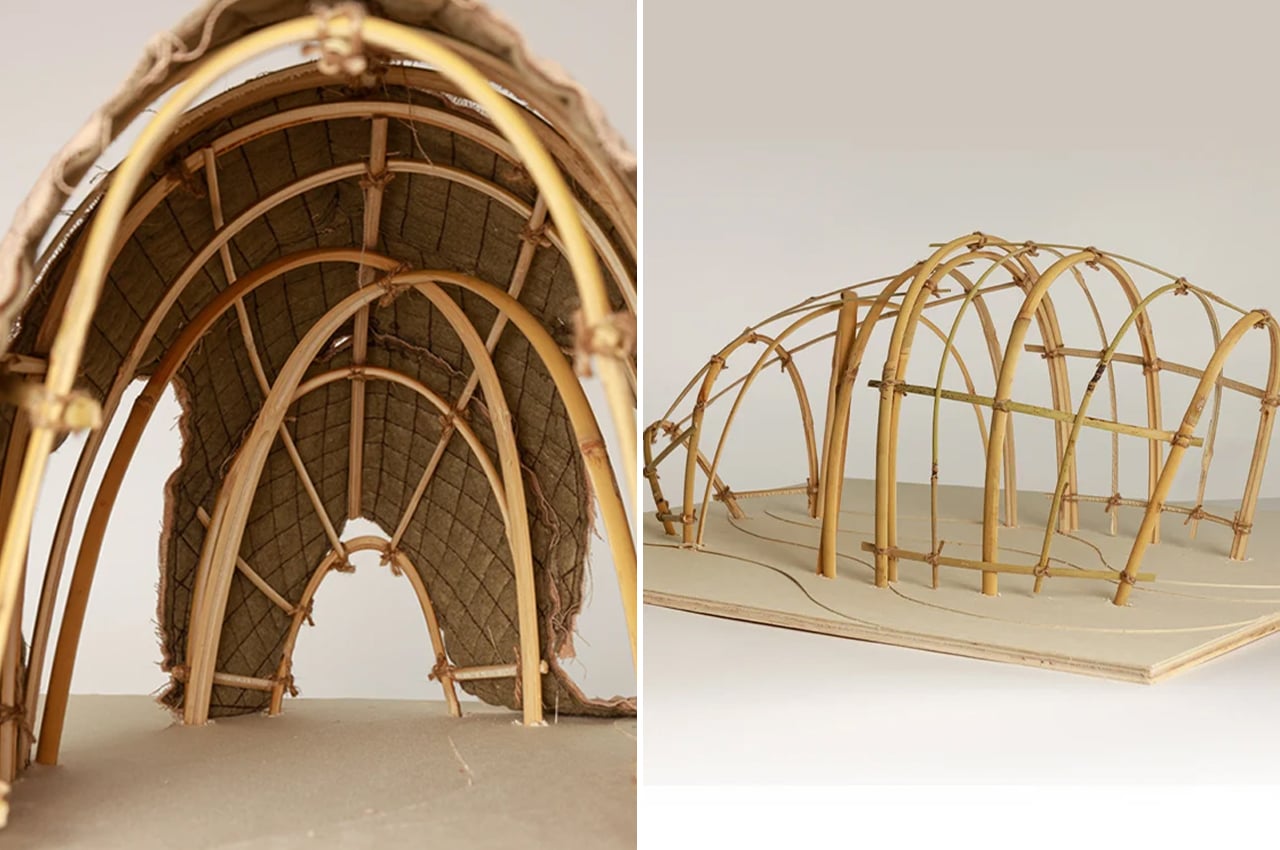
Before building its life-size debut, Cohen created tiny 1:10 models of Living Shell.
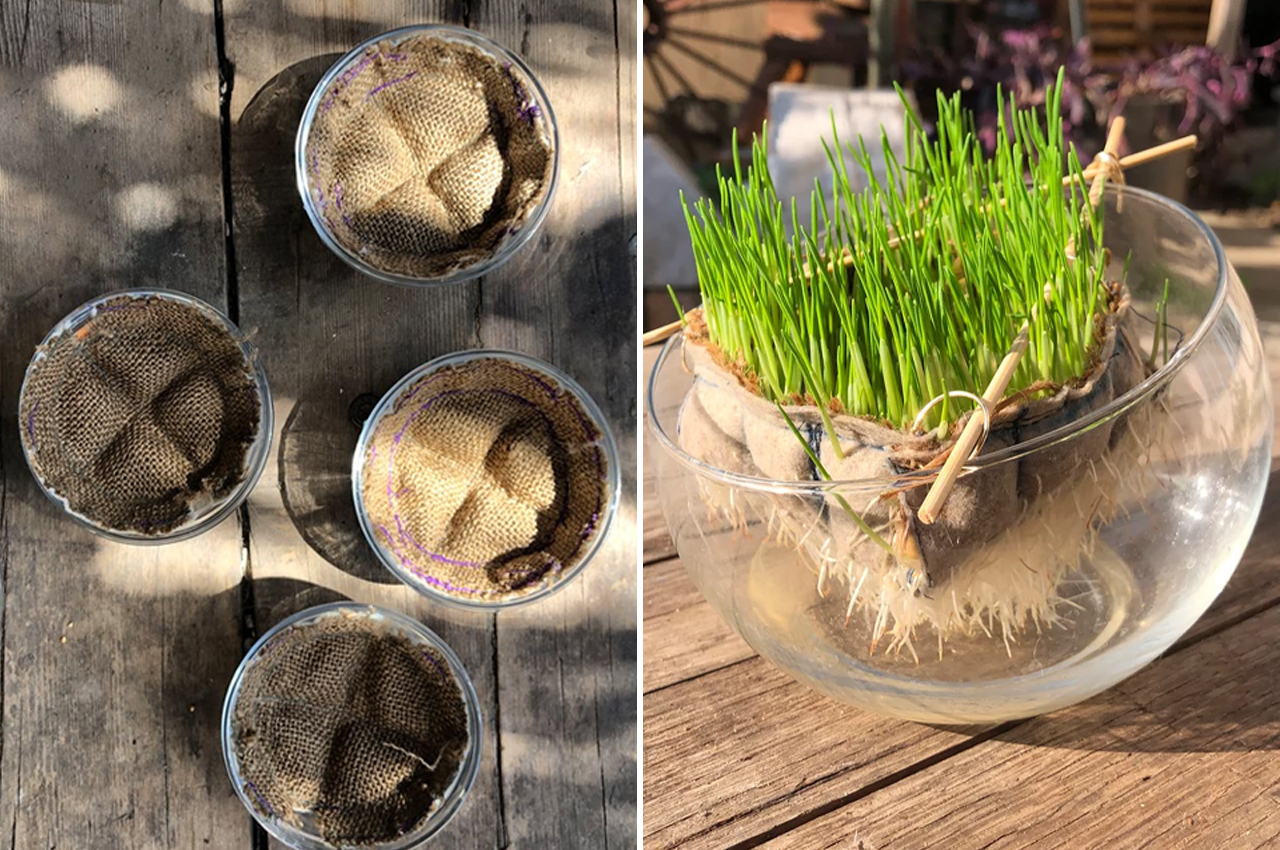
Following tests to show how wheatgrass root systems grew through textile sheets, Cohen settled on some that could be woven together into a single textile sheet.
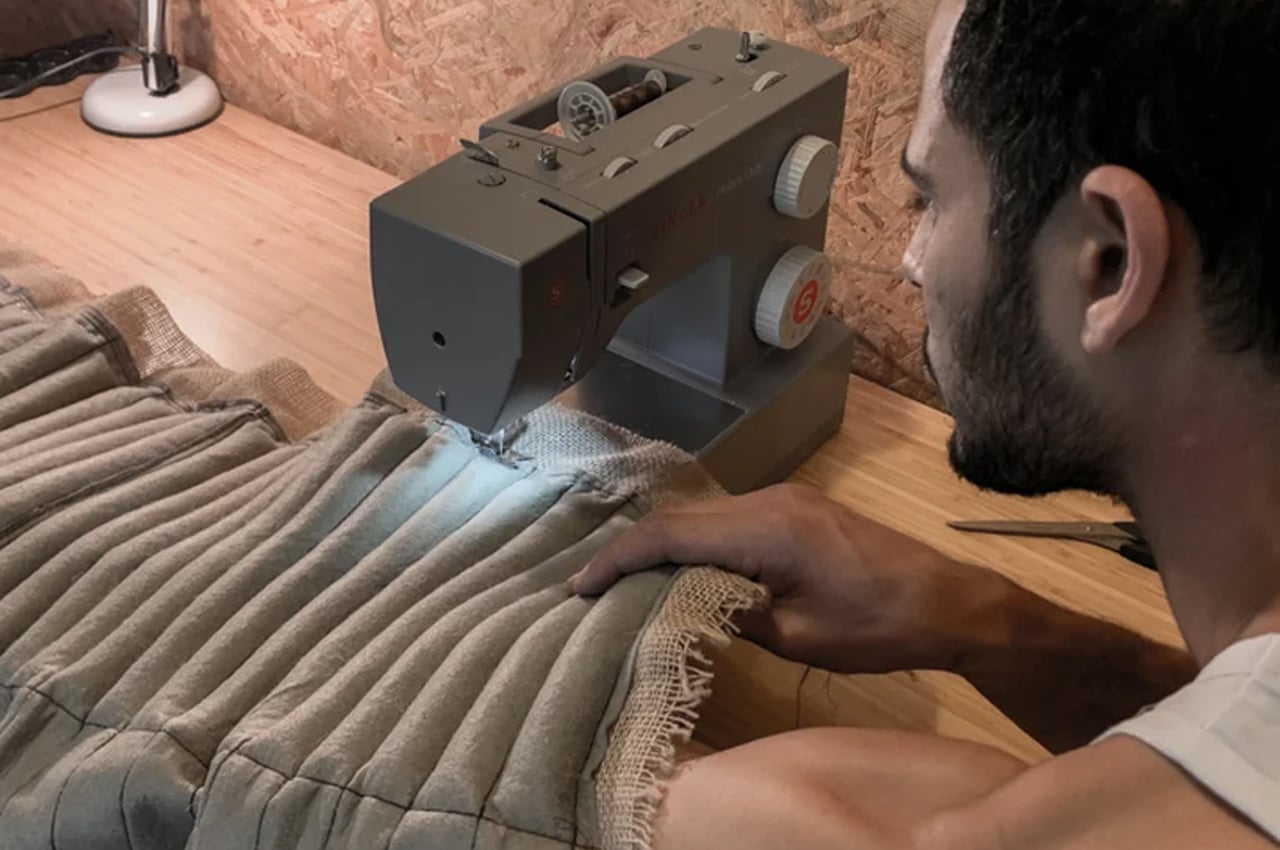
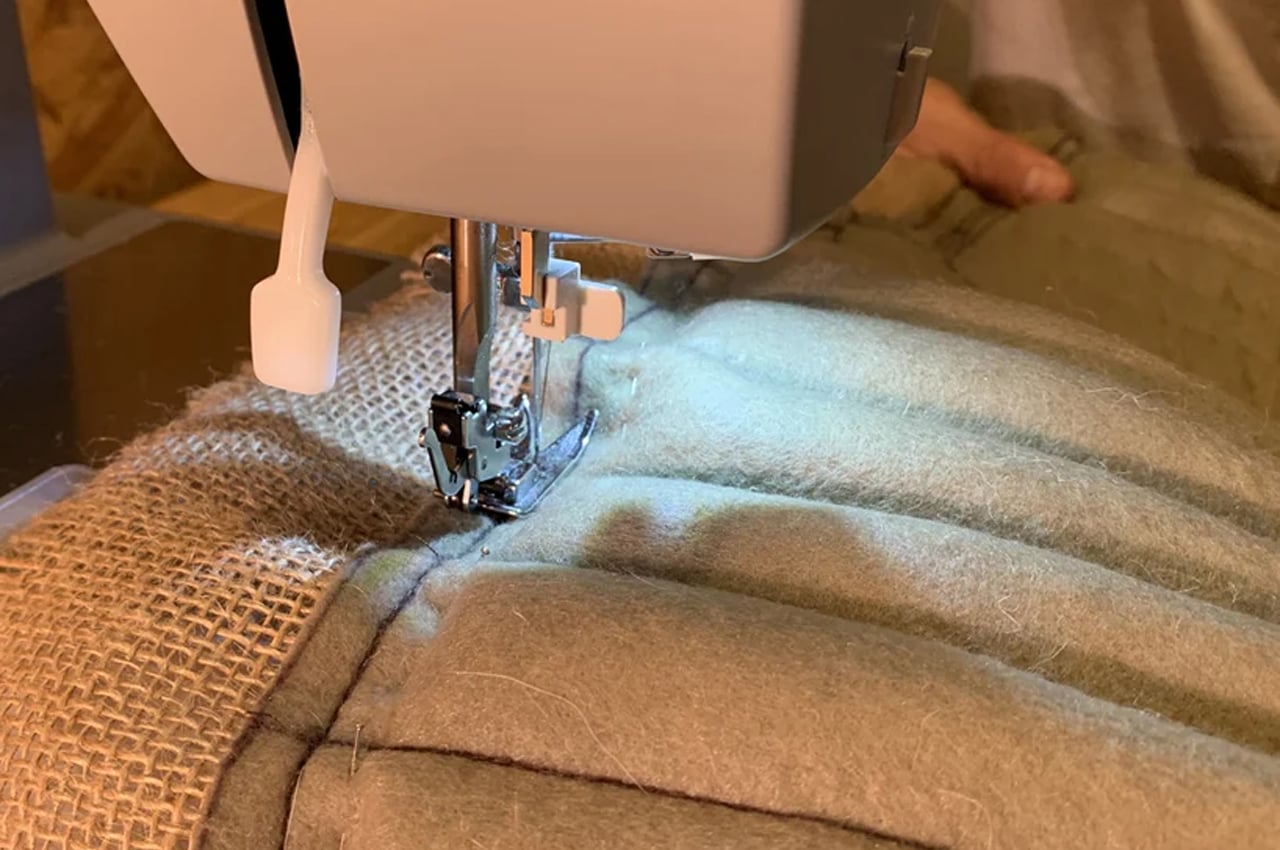
Cohen found a textile sheet that he could sew together and integrate the seeds of jute, felt, and wheatgrass.
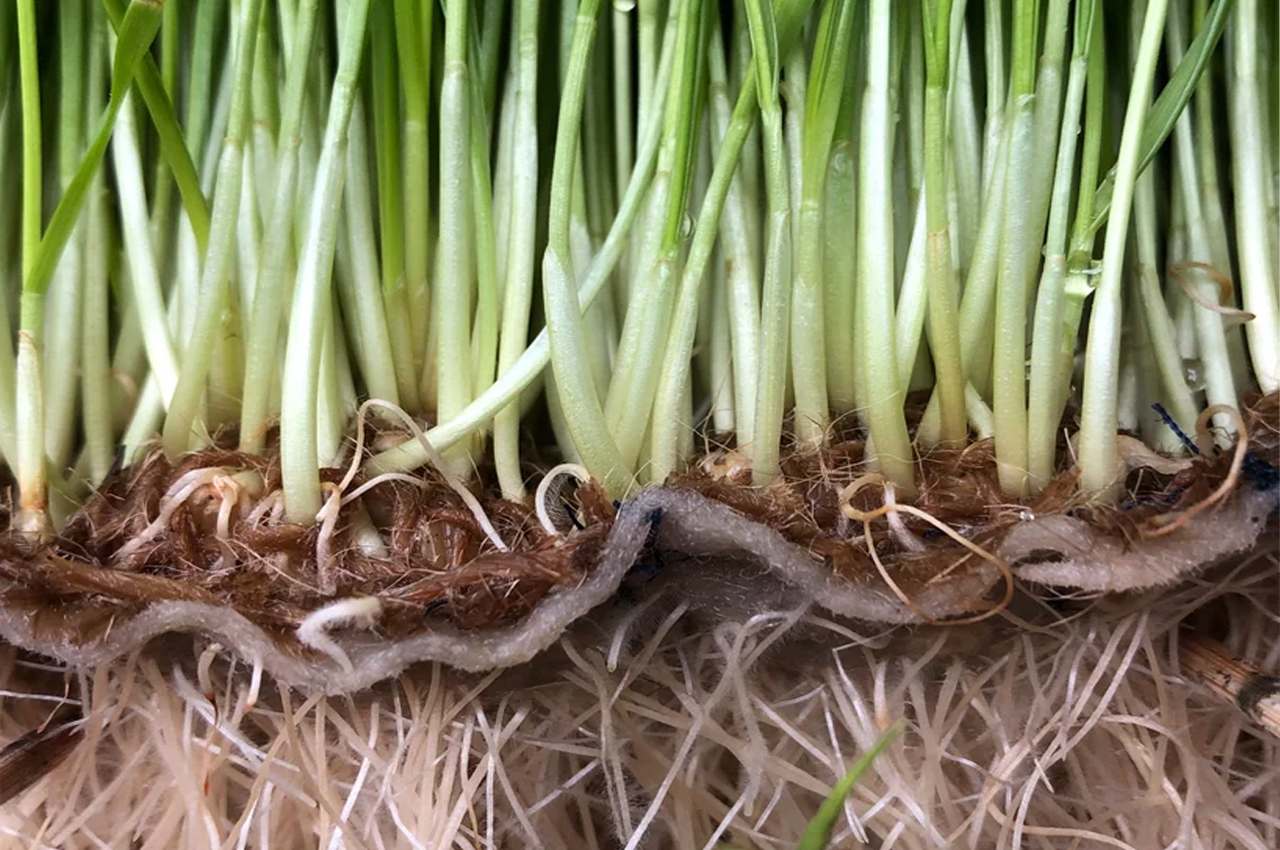
Wheatgrass growing through the textile sheets.
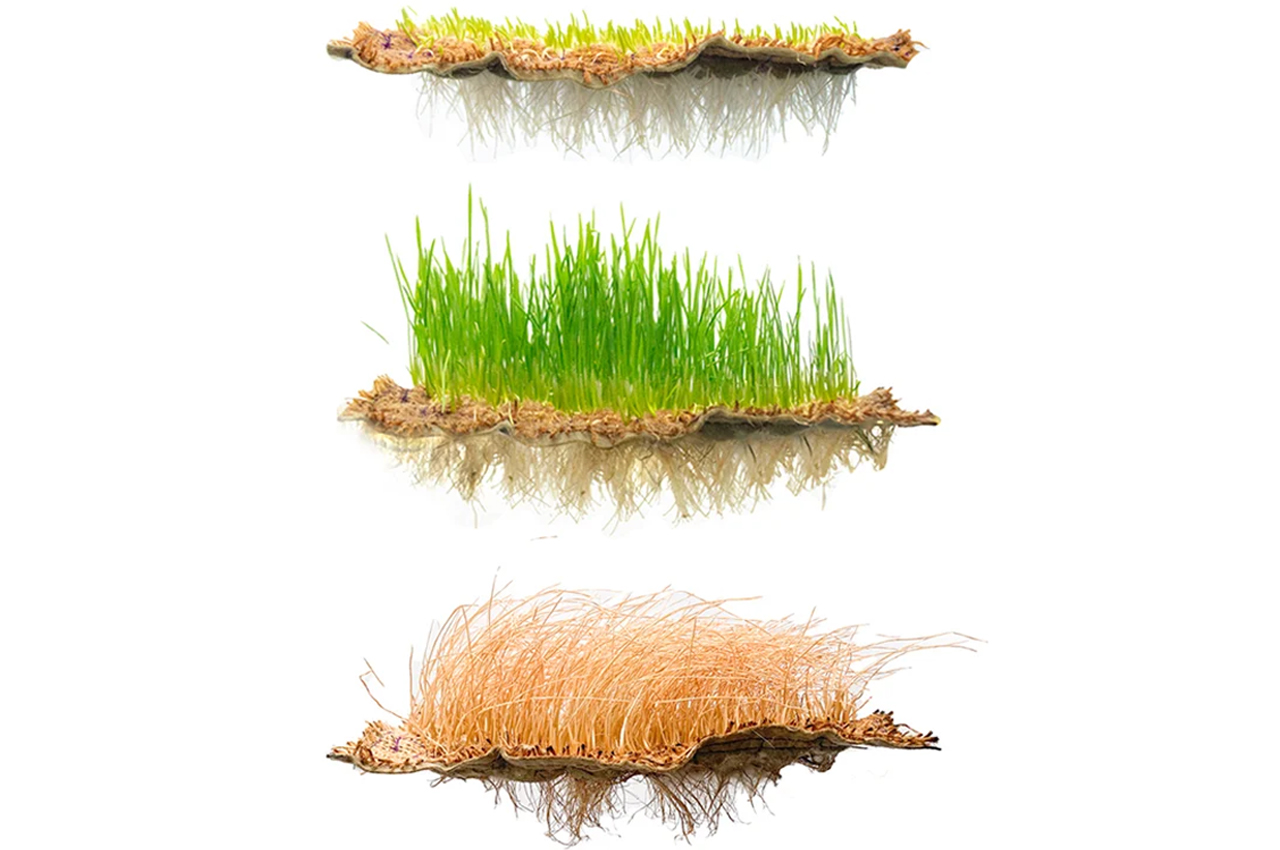
The growth process of wheatgrass shows that the textile’s thickness would increase with continued irrigation.
